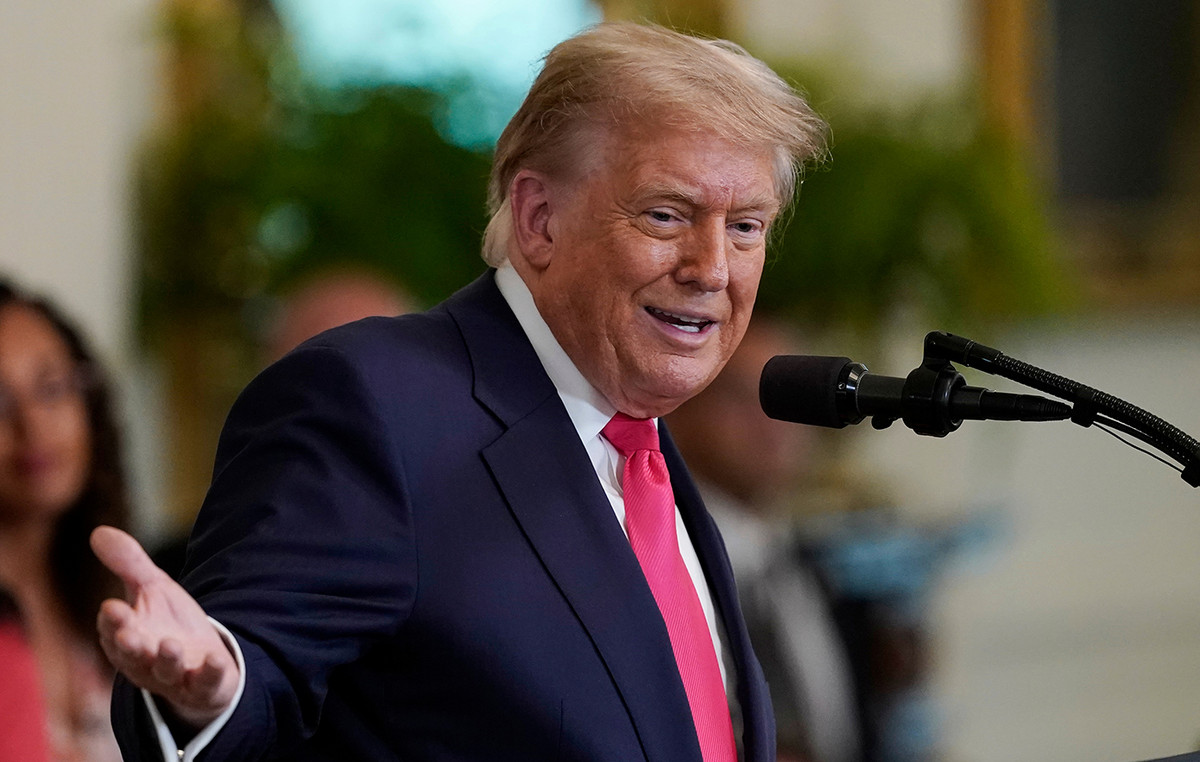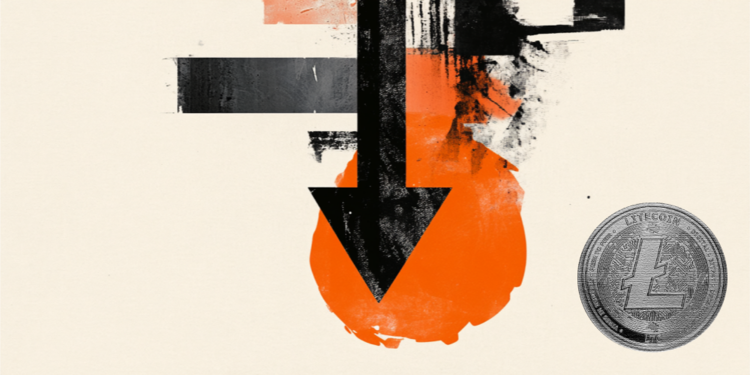- Gold price struggles for a decisive move despite a slightly more bullish inflation report.
- US Dollar shows volatility compression as rising CPI did not boost Fed hawks.
- Release of US PPI and retail sales could boost price action in Gold.
Gold price (XAU/USD) offers wild moves while the US Dollar rises vertically after strong consumer spending momentum and higher Producer Price Index (PPI) data. The US Census Bureau reported that monthly retail sales rose sharply 0.6% in August versus expectations of 0.2% and July’s reading of 0.5%. The monthly headline PPI grew 0.7% versus estimates and the previous release of 0.4%. On an annual basis, the US PPI accelerated to 1.6%, doubling the previous release of 0.8%.
The US Department of Labor showed that people filing for unemployment benefits for the first time increased by 220,000, while investors anticipated an increase in jobless claims by 225,000. The week before, unemployment benefits were recorded at 21,600. Jobless claims remained above the previous week’s figures after five consecutive weeks of declines.
Previously, the yellow metal remained subdued on Thursday as the US inflation report for August confused investors about the future direction. The precious metal is struggling for a decisive move as the market expects the impact of rising headline inflation due to rising gasoline prices to be limited to the headline Consumer Price Index (CPI). The US dollar is showing compressed volatility after a slightly bullish inflation report failed to boost the Federal Reserve’s (Fed) hawkish bets.
Following the US inflation report, investors turned their attention to consumer spending data for August, which will further resolve the interest rate puzzle. The current restrictive interest rate cycle has not dented labor demand or consumer spending significantly, but the market remains concerned that a context of “higher for longer” rates “may cloud the overall picture in the future.
Daily summary of market movements: Gold price becomes volatile after good US retail sales data.
- The price of Gold is facing selling pressure due to the upward momentum in consumer spending. August monthly retail sales rose 0.6% versus expectations of 0.2% and July’s reading of 0.5%. The monthly headline PPI grew 0.7% versus estimates and the previous release of 0.4%. On an annual basis, the US PPI accelerated to 1.6%, doubling the previous release of 0.8%.
- The US Department of Labor showed that people filing for unemployment benefits for the first time increased by 220,000, while investors anticipated an increase in jobless claims by 225,000. The week before, unemployment benefits were recorded at 21,600. Jobless claims remained above the previous week’s figures, after five consecutive weeks of declines.
- On Wednesday, the U.S. Bureau of Labor Statistics reported that monthly headline inflation rose at a rate of 0.6%, as market participants anticipated, up from the previous reading of 0.2% due to a recovery in inflation. gasoline prices. The annualized headline CPI accelerated to 3.7%, versus expectations of 3.6% and the previous release of 3.2%.
- The core CPI, which removes volatility from food and oil prices, rose 0.3%, above forecasts and 0.2% previously. US core CPI, on a yearly basis, softened to 4.3% forecast, from 4.7% in July.
- Overall energy prices, which include components such as gasoline, electricity and gas utility prices, rebounded 5.6% in August as the global oil recovery drove headline inflation to a stronger pace. .
- Federal Reserve policymakers tend to look specifically at core CPI, but higher headline inflation could boost commodity input prices and encourage them to keep the doors open for further tightening of monetary policy.
- According to CME’s Fedwatch tool, traders see a 97% chance of interest rates holding steady at 5.25-5.50% at the Federal Open Market Committee (FOMC) meeting on September 20. The bet was 93% before the publication of the inflation data. For the rest of the year, traders predict a nearly 56% chance that the Fed will keep its monetary policy unchanged.
- JP Morgan Asset Management commented Wednesday that it does not expect the Fed to make further interest rate hikes this cycle. They stated that the impact on inflation of the current rise in oil prices in early September will be limited.
- August inflation data remained insufficient to boost hopes for further interest rate hikes by the Fed in 2023, but a likely slowdown in the economy cannot be avoided. The Fed is expected to keep interest rates “higher for longer” as inflation above the mandated rate appears stickier. The unemployment rate is expected to continue rising due to poor demand prospects and rising interest rates.
- The Dollar Index (DXY) is trading in a limited range around 104.70, as the gains are restricted by expectations that the Fed has finished raising interest rates, while the declines are supported by a report from inflation slightly more bullish.
Technical Analysis: Gold price continues to defend the $1,900 support
Gold price is hovering around three-week lows, marginally above the crucial $1,900 support. The precious metal struggles to uncover bargains as the August inflation report indicates upside risks to headline inflation due to rising gasoline prices. The yellow metal fails to stay above the 200-day EMA, which is trading around $1,910.00. The descending 20 and 50 EMAs show a short-term bearish trend.
Frequently asked questions about interest rates
What are interest rates?
Financial institutions charge interest rates on the loans they grant to borrowers and on the interest they pay to savers and depositors. They are influenced by base lending rates, which are set by central banks in response to changes in the economy. Central banks are typically mandated to ensure price stability, which in most cases means targeting an underlying inflation rate of around 2%.
If inflation falls below target, the central bank can cut base lending rates, with a view to stimulating credit and boosting the economy. If inflation rises substantially above 2%, the central bank typically raises base interest rates to try to bring it down.
How do interest rates influence currencies?
Higher interest rates often help strengthen a country’s currency by making it a more attractive place for global investors to park their money.
How do interest rates influence the price of Gold?
In general, higher interest rates influence the price of Gold because they increase the opportunity cost of holding Gold instead of investing in an interest-bearing asset or depositing cash in the bank.
If interest rates are high, the price of the US dollar (USD) usually rises, and since gold is priced in dollars, the price of gold falls.
What is the Federal Funds rate?
The Fed funds rate is the overnight rate at which U.S. banks lend to each other. This is the main rate that the Federal Reserve usually cites at its FOMC meetings. It is set in a range, for example 4.75%-5.00%, although the upper limit (in that case 5.00%) is the quoted figure.
Market expectations about the future Fed funds rate are tracked by CME’s FedWatch tool, which determines how many financial markets perform in anticipation of future Federal Reserve monetary policy decisions.
Source: Fx Street
I am Joshua Winder, a senior-level journalist and editor at World Stock Market. I specialize in covering news related to the stock market and economic trends. With more than 8 years of experience in this field, I have become an expert in financial reporting.







